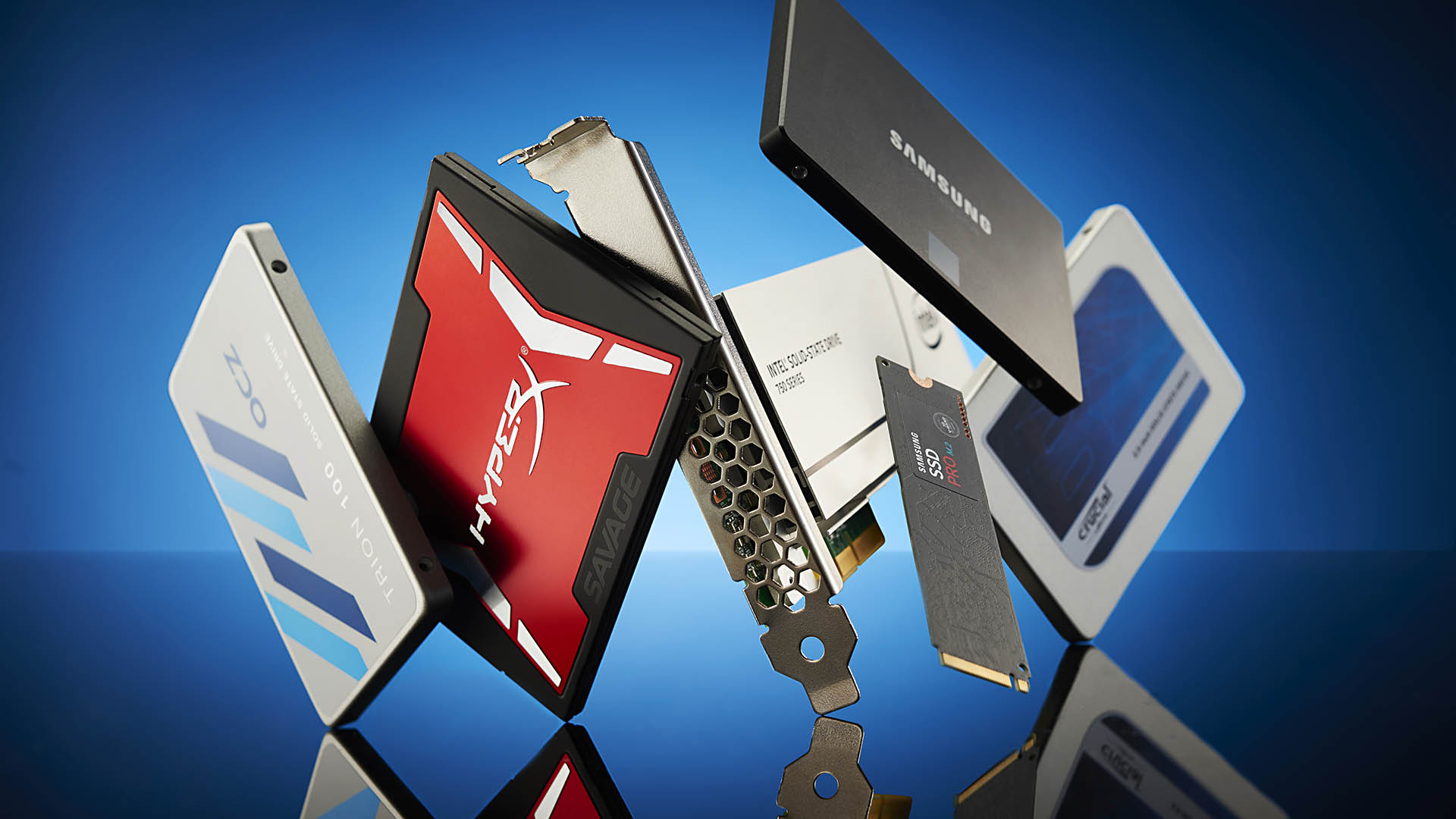Finally, something good has come out of cryptocurrency: better SSDs
New SSDs designed for Chia plotting have an endurance rating of up to 54,000 TBW, 18x higher than 'normal' drives.

PNY has launched a pair of SSD lines (LX3030 and LX2030) that are specifically tuned for Chia plotting, resulting in endurance levels that are around 18 times higher (or more) than a typical consumer drive equipped with triple level cell NAND flash memory. Or more specifically, the drives deliver up to 54,000 TBW (terabytes written) of endurance.
Chia plotting is particularly rough on storage mediums, as far as cryptocurrencies go. It's based on what is called a 'proof of space and time' model, which entails leveraging unused storage space to verify blockchain transactions. An abnormal amount of drive writing takes place (compared to most tasks), to the point where you could wreck a 512GB SSD in as little as six weeks.
For the most part, consumer SSDs are just not built for the kind of write activity needed to be an active Chia farmer. Now that Chia is a thing, however, SSD makers are incentivized to make consumer SSDs with endurance levels that are more in line with enterprise solutions, and we are starting to see that trickle down now.
PNY is not the first either. Back in May, TeamGroup began pitching its T-Create Expert SSDs as candidates for Chia plotting. Originally intended for creators, those drives 'only' offered TBW ratings of up to 12,000 though.
Then in June, Sabrent released its Plotripper lineup with up to a 54,000 TBW rating, the same as PNY's new LX3030 family. Simply put, the rated write endurance blows most consumer drives out of the water.
Take for example the Addlink S70, our pick as the best SSD for gaming. The 2TB model is rated at 3,400 TBW. Meanwhile, WD's SN850 in 2TB form is rated at 1,200 TBW.
As for PNY's new models, here's how the endurance levels break down by model and capacity:
Keep up to date with the most important stories and the best deals, as picked by the PC Gamer team.
- LX3030 2TB: 54,000 TBW
- LX3030 1TB: 27,000 TBW
- LX2030 2TB: 10,000 TBW
Read and write performance figures are decent, though not nearly as spectacular—both the LX3030 and LX2030 are rated to deliver up to 3,200MB/s of sequential reads, while sequential writes land at 2,400MB/s for the LX3030 and 1,000MB/s for the LX2030.

Best SSD for gaming: the best solid state drives around
Best PCIe 4.0 SSD for gaming: the next gen has landed
The best NVMe SSD: this slivers of SSD goodness
Best external hard drives: expand your horizons
Best external SSDs: plug in upgrades for gaming laptops and consoles
It's all about write endurance, though, and in that regard, PNY worked closely with Phison to facilitate durability above all else. The two also teamed up with Chia to promote the LX series as the "first SSD for Chia plotting," even though Sabrent would have something to say about that.
According to PNY, these new drives were made possible through the use of higher grade NAND flash chips, lower level turning parameters focused on write endurance, optimizations to the Flash Translation Layer (FTL) that dictates where exactly data is stored, custom firmware tuned for write flow, and an underlying AI engine.
The initial fear was that if the cryptocurrency took off, it could lead to a shortage of storage devices (both SSDs and HDDs). At this point, it doesn't seem like that will happen. If nothing else, perhaps Chia mining will lead to more durable SSDs across the board.
PNY says its LX3030 and LX2030 drives are available now, though not in the retail sector—anyone interested needs to get in touch with a PNY account manager for pricing and other details.
Paul has been playing PC games and raking his knuckles on computer hardware since the Commodore 64. He does not have any tattoos, but thinks it would be cool to get one that reads LOAD"*",8,1. In his off time, he rides motorcycles and wrestles alligators (only one of those is true).


